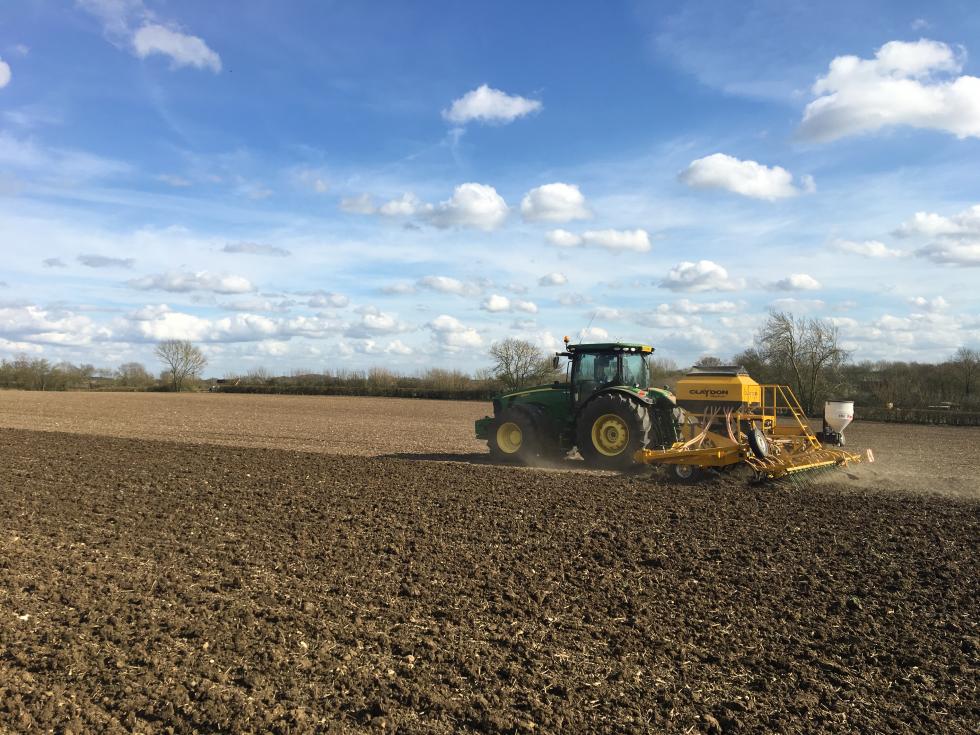There have been some healthy volumes of wheat export sales from the EU in March, especially from France to third countries, helping to clear out the overall EU surplus. Whilst it might seem that France is a competitor to the UK and so French business is not good for UK sales, it is still the same Single Market that volume is being taken from, reducing any surplus and a rising tide lifts all boats in the same harbour; at least for now.
The increase in wheat area in the UK this coming year will be the first rise for five years, and, even then, primarily because 2013 was fraught with drilling problems leading to a very low drilled area. The prospect of a large 2019 harvest is contributing the sharp decline in grain (wheat values) for new crop in the UK just now. It is also possible that the market has started making an adjustment to partially build-in the cost of tariffs for new crop exports, should we leave the EU without a deal. The UK has a feed wheat surplus most years, the majority of which has been exported to Iberian customers for decades. This would be one area where the impact of Brexit would be felt by the farming community relatively quickly.
Old crop feed barley values are still discounted against their calculated feed-value equivalent to wheat, but still higher than new crop in a similar fashion to the wheat prices. New export business for malting specifications has temporarily slowed whilst traders are unsure of whether or how much tariffs they are likely to have to pay. It is much easier once they know what to tap into their calculators so they know the relative costs of grains around the world.
Spring drilling conditions have been good to excellent throughout Britain, it’s just that there’s not so much land available to drill as conditions were so good in the autumn, with more land was drilled then as well. We would assume there will not be much fallow land this year for that reason. The area of spring wheat has fallen dramatically this year according to anecdotal reports, partly because the favourable drilling conditions last autumn left little space for spring wheat. Similarly, spring barley area is thought lower than last year too.
The pulse market is just about finished now so anybody with beans still unsold should think about what they plan to do with them.
In Leicestershire’s heavy soils, the damp footprint beneath the boot suggests a good seedbed and ideal growing conditions. However, dig a spade’s depth into the soil and it becomes evident the soil is still rather dry as a result of last year’s drought. In fact, this winter has also been a relatively dry few months. The crops survived last year’s drought because of the very wet spring, this year, the soil moisture is far lower than this time last year so crop will rely on reasonable rains this year to reach harvest safely.
